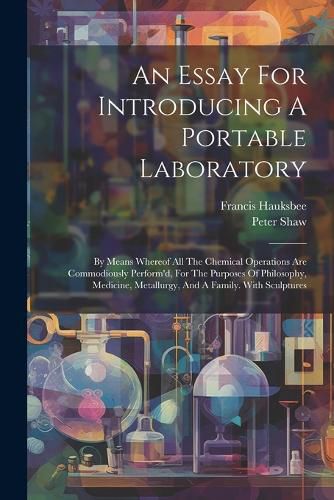This 18th-century book is a treatise on the use of a portable laboratory for conducting chemical experiments. Written by Francis Hauksbee and Peter Shaw, it provides detailed instructions for preparing, using, and maintaining the equipment and materials needed for chemical analysis. The book was intended for a wide audience, from scientists and doctors to amateur chemists and families interested in performing practical experiments.
This work has been selected by scholars as being culturally important, and is part of the knowledge base of civilization as we know it.
This work is in the "public domain in the United States of America, and possibly other nations. Within the United States, you may freely copy and distribute this work, as no entity (individual or corporate) has a copyright on the body of the work.
Scholars believe, and we concur, that this work is important enough to be preserved, reproduced, and made generally available to the public. We appreciate your support of the preservation process, and thank you for being an important part of keeping this knowledge alive and relevant.





